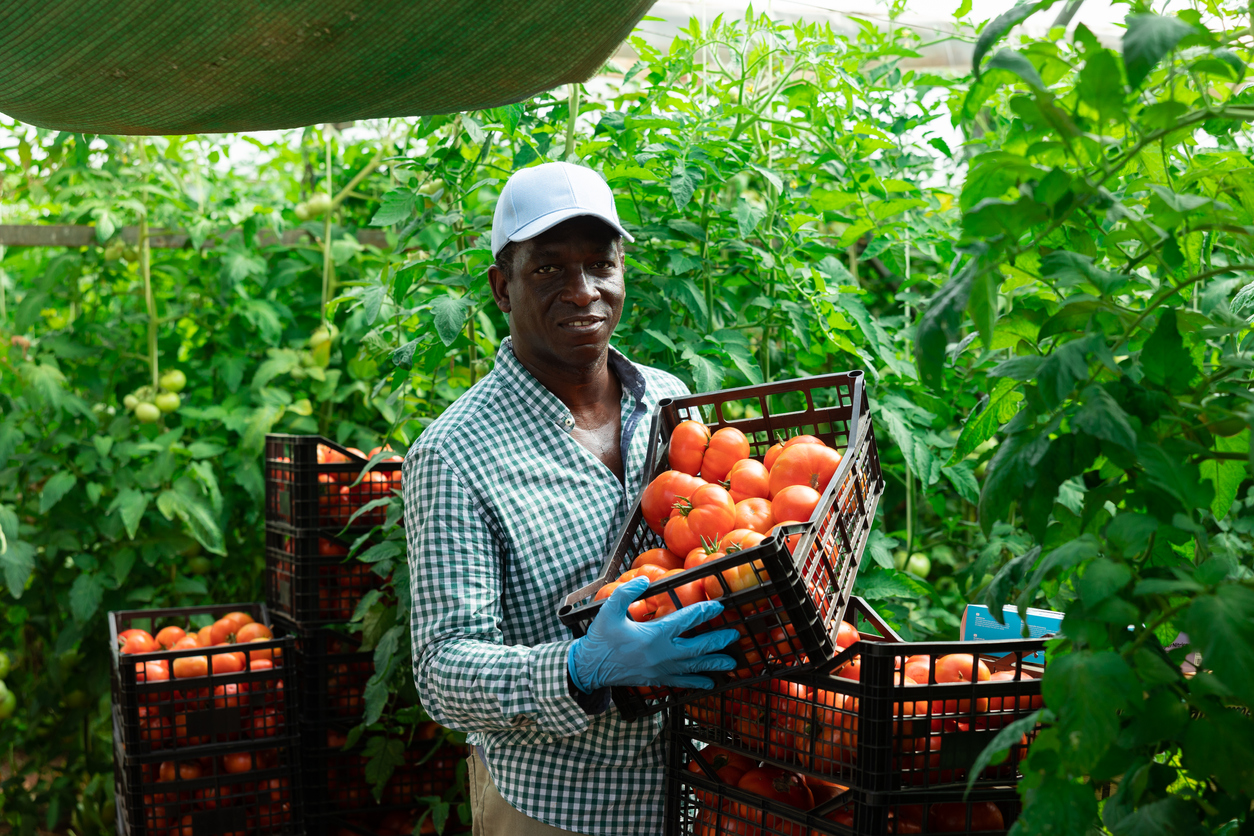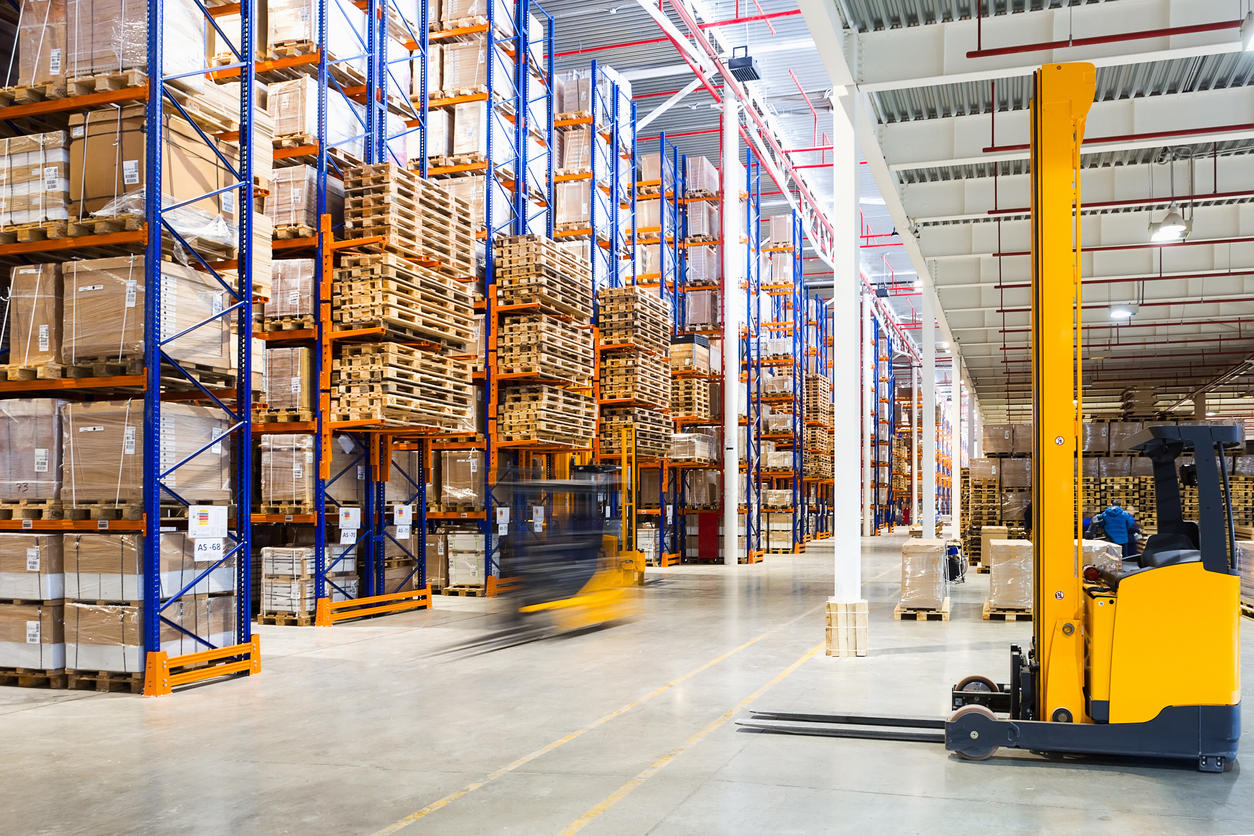Tomato Price Today: A Look at the Fluctuating Market
Tomato Price Today: A Look at the Fluctuating Market
Are you tired of constantly paying a fortune for tomatoes, only to find their prices plummeting the very next day? Well, you’re not alone! The tomato market is notorious for its unpredictable nature, leaving shoppers scratching their heads and grocery bills skyrocketing. In today’s blog post, we dive deep into the world of tomato pricing – unraveling the mysteries behind this fluctuating market and offering valuable insights that will help you navigate your way through these tumultuous times. So buckle up and get ready to uncover the secrets behind the ever-changing tomato price trends!
Introduction to the Tomato Market
Introduction to the Tomato Market:
The tomato market is a dynamic and ever-changing industry that plays a crucial role in our daily lives. Tomatoes are not only a staple ingredient in many dishes, but they are also used in various forms such as sauces, ketchups, juices, and even beauty products. With its versatility and widespread usage, it’s no surprise that tomatoes are one of the most widely produced and consumed fruits around the world.
History of Tomato Production:
Tomatoes originated from South America and were brought to Europe by Spanish explorers in the 16th century. Initially, tomatoes were grown as ornamental plants and were thought to be poisonous due to their close resemblance to other poisonous nightshade plants. However, as more research was conducted on its nutritional value, tomatoes gained popularity as a food crop.
Today, there are over 7,500 varieties of tomatoes grown worldwide with China being the largest producer followed by India and the United States. In fact, according to recent statistics from FAOSTAT (Food and Agriculture Organization Statistical Database), global tomato production reached over 182 million tonnes in 2020.
Factors Influencing Tomato Prices:
Like any other agricultural commodity, tomato prices are influenced by several factors that can cause fluctuations in the market. Some of these factors include weather conditions, pests and diseases outbreak, transportation costs, demand-supply dynamics, government policies/regulations, and trade agreements between countries.
Factors Affecting Tomato Prices
Factors Affecting Tomato Prices
Tomatoes are one of the most consumed vegetables in the world, and their prices can fluctuate significantly in the market. There are several factors that can affect tomato prices, both in the short term and long term. In this section, we will discuss some of these factors and how they influence the price of tomatoes.
1. Supply and Demand
The basic economic principle of supply and demand plays a significant role in determining tomato prices. When there is a high demand for tomatoes but a limited supply, prices tend to increase due to scarcity. On the other hand, when there is an oversupply of tomatoes in the market, prices drop as producers compete to sell their products.
Several factors can affect supply and demand for tomatoes. For instance, weather conditions such as droughts or floods can impact crop yields, leading to fluctuations in supply. Additionally, changes in consumer preferences or dietary trends can also influence demand for tomatoes.
2. Production Costs
The cost of producing tomatoes also affects their market price. Factors such as labor costs, fertilizers, pesticides, transportation expenses, and packaging materials all contribute to the overall production costs for farmers.
When production costs increase due to any reason (e.g., rise in labor wages), farmers may be forced to raise their selling price to cover their expenses effectively. This ultimately leads to an increase in tomato prices for consumers.
– Seasonal Changes
Seasonal changes have a significant impact on the tomato market, causing prices to fluctuate throughout the year. Understanding these seasonal variations is crucial for both consumers and producers to make informed decisions about buying and selling tomatoes.
The tomato season in most regions starts from late spring and extends through early fall. During this time, there is an abundance of fresh, locally grown tomatoes available in the market, leading to lower prices due to increased supply. This period is often referred to as the peak season for tomatoes.
However, as summer temperatures rise and transition into fall, tomato production begins to decline gradually. This decline in supply can cause a surge in prices as demand remains constant or even increases due to preserving activities like canning or making sauces. Additionally, extreme weather conditions such as heavy rains or droughts can also affect crop yields and further impact prices.
Another significant factor that influences tomato prices during seasonal changes is transportation costs. As winter approaches, many regions experience colder weather conditions that make it difficult for local farmers to produce fresh tomatoes. This leads to an increase in imports from warmer regions, resulting in higher transportation costs that are eventually passed on to consumers.
Moreover, seasonal events like holidays and festivals can also affect tomato prices. For example, during Thanksgiving and Christmas holidays when demand for canned tomatoes rises significantly due to holiday cooking traditions, prices tend to spike.
– Supply and Demand
Supply and demand is a fundamental concept in economics that plays a crucial role in the fluctuating tomato market. Understanding the dynamics of supply and demand can help us make sense of why the price of tomatoes changes so frequently.
The concept of supply refers to the amount of product or service that producers are willing and able to sell at a given price. In other words, it is the quantity of tomatoes that farmers are willing to bring to the market at different prices. The relationship between price and quantity supplied is known as the law of supply – as prices increase, producers are motivated to increase their output because they can make more profit.
On the other hand, demand represents the desire and willingness to pay for a particular product or service. In simple terms, it is how much consumers are willing to buy at different price points. Similar to supply, there is an inverse relationship between price and quantity demanded – when prices rise, consumers tend to purchase less because it becomes too expensive for them.
Now, let’s apply these concepts to understand how they affect tomato prices. Imagine there was a drought in major tomato-producing regions causing a decrease in production. With lower supply levels, farmers would be able to command higher prices for their limited stock due to scarcity. At the same time, consumers who still want tomatoes will have no choice but to pay higher prices if they want this essential ingredient for their meals.
– Natural Disasters and Climate Change
Natural disasters and climate change have significantly impacted the tomato market, leading to fluctuations in price and availability. With the changing weather patterns and increasing frequency of extreme weather events, the tomato industry is facing numerous challenges.
One of the main factors contributing to the fluctuation in tomato prices is crop damage due to natural disasters such as hurricanes, floods, and droughts. These events can destroy entire crops or cause significant damage, resulting in a shortage of tomatoes in the market. This scarcity drives up prices as demand remains high but supply decreases.
In recent years, there has been an increase in extreme weather events attributed to climate change. The rising global temperatures have led to more frequent heatwaves, which can be detrimental to tomato plants’ growth and production. Additionally, excessive rainfall or lack thereof can also affect yield and quality.
Moreover, climate change has also resulted in a shift in growing seasons for tomatoes. Traditionally grown during spring and summer months, rising temperatures have forced farmers to adjust their planting schedules or switch to different varieties that are more resilient to warmer climates. These changes can impact production levels and ultimately affect prices.
Aside from natural disasters and shifting growing seasons, climate change has also caused changes in pest populations that affect tomato crops. As temperatures rise, pests like aphids thrive and can cause significant damage to plants. Farmers may need to use additional resources such as pesticides or invest in alternative methods of pest control – all of which contribute to higher production costs that are passed on to consumers through increased prices.
Current State of the Tomato Market
The tomato market is a constantly fluctuating and dynamic industry, influenced by various factors such as supply and demand, weather conditions, production costs, and consumer preferences. In this section, we will take a closer look at the current state of the tomato market and how it has been affected in recent times.
Supply and Demand:
One of the key drivers of the tomato market is the balance between supply and demand. An oversupply of tomatoes can drive prices down due to increased competition among producers, while an undersupply can lead to higher prices. Currently, there has been a surplus in global tomato production, resulting in lower prices for tomatoes.
Weather Conditions:
The weather plays a crucial role in determining the quality and quantity of tomato crops. Extreme weather events such as droughts or floods can negatively impact harvest yields and cause shortages in certain regions. For example, heavy rainfall in major tomato-growing regions like California can lead to crop damage and affect supplies.
Production Costs:
Another factor that influences the price of tomatoes is production costs. The cost of labor, transportation, packaging materials, fertilizers, pesticides, and other inputs can significantly impact the final price of tomatoes. Rising production costs can result in higher prices for consumers as farmers need to cover their expenses.
How to Track Tomato Prices
Tracking tomato prices can be a useful way to stay informed about the current market and make informed decisions about purchasing or selling tomatoes. In this section, we will discuss step-by-step how to track tomato prices effectively.
1. Identify reliable sources: The first step in tracking tomato prices is to find credible sources of information. This can include government agencies, agricultural organizations, and market analysis reports from trusted sources. One such source is the United States Department of Agriculture (USDA) which provides daily updates on commodity prices including tomatoes.
2. Use online tools: There are also various online tools available that provide real-time updates on tomato prices. These tools use data from multiple sources and present it in an easy-to-understand format. Some popular options include Tomato Price Index by FarmLead and Market News by AgWeb.
3. Follow social media accounts: Following social media accounts of farmers, wholesalers, or retailers can also give you insights into the current tomato market trends. Many businesses post regular updates on their produce prices, making it easier for consumers to track and compare.
4. Keep an eye on seasonal trends: Tomatoes are a highly seasonal crop with price fluctuations depending on factors such as supply and demand, weather conditions, and production costs. Understanding these seasonal trends can help predict future price changes.
5. Monitor wholesale markets: Visiting local wholesale markets can also provide valuable information on current tomato prices as well as any upcoming changes in the market dynamics.
– Online Resources
Online Resources:
In the age of technology, it has become easier than ever to access information about market prices and trends. When it comes to tracking tomato prices, there are several online resources available that can provide valuable insights and data.
1. Agricultural Market Information System (AMIS):
AMIS is a joint initiative by the UN Food and Agriculture Organization (FAO), International Grains Council (IGC), International Energy Agency (IEA), Organisation for Economic Co-operation and Development (OECD), United Nations Conference on Trade and Development (UNCTAD) and World Bank Group. This platform provides reliable information on global food markets, including tomatoes. Users can access weekly updates on tomato prices from various countries, along with production forecasts, trade statistics, and other market analysis reports.
2. National Horticulture Board:
The National Horticulture Board is an Indian government agency that collects data related to horticulture crops, including tomatoes. Their website offers daily updates on wholesale prices of tomatoes in major cities across India. The data is collected from the largest wholesale markets in each city and can help traders, farmers, and consumers make informed decisions based on real-time market trends.
3. Commodity Online:
Commodity Online is a leading provider of agricultural commodities’ news, charts, quotes & technical analysis. They have a dedicated section for tracking tomato prices globally through live charts and historical data analysis. Users can also subscribe to their alerts or newsletters to receive timely updates on any significant changes or developments in the tomato market.
– Local Markets
Local markets play a crucial role in determining the price of tomatoes. These markets are where farmers sell their produce directly to consumers or to retailers and distributors. The prices at these markets can fluctuate significantly, depending on various factors such as supply and demand, weather conditions, and transportation costs.
One of the main factors that affect tomato prices in local markets is supply and demand. If there is an abundant supply of tomatoes, the prices tend to be lower as farmers compete with each other to sell their produce. On the other hand, if there is a limited supply due to crop failures or weather-related issues such as flooding or droughts, the prices are likely to increase.
Weather conditions also play a significant role in determining the price of tomatoes in local markets. Extreme weather events like hurricanes, heavy rains or heatwaves can damage crops and reduce yields, leading to higher prices for consumers. Additionally, unstable weather patterns can disrupt transportation routes and cause delays in delivering tomatoes from farms to local markets, further contributing to price fluctuations.
Transportation costs are another factor that impacts tomato prices at local markets. Farmers who need to transport their produce over long distances may incur higher transportation costs, which they pass onto consumers by increasing the price of their products. This is especially true for areas where there is high demand for locally grown tomatoes but limited availability due to geographical limitations.
Impact on Farmers and Consumers
The fluctuating market for tomatoes not only affects the agricultural industry, but it also has a significant impact on both farmers and consumers. As one of the most commonly consumed vegetables globally, changes in tomato prices can have far-reaching consequences for those involved in its production and consumption.
For farmers, fluctuations in tomato prices can greatly affect their livelihoods. They heavily rely on these crops as a source of income, and any significant change in price can either make or break their profit margins. When tomato prices are low, farmers may struggle to cover their production costs and may even face financial losses. This can lead to increased debt and challenges in sustaining their farming operations.
On the other hand, when tomato prices are high, farmers stand to benefit. However, this is often short-lived as it leads to an increase in supply as more farmers rush to capitalize on the higher profits. This influx of supply then drives down prices again, resulting in a cycle of instability for farmers.
Moreover, fluctuations in tomato prices also affect consumer behavior and spending habits. When tomato prices are high, consumers may opt for alternative vegetables or reduce their overall consumption of tomatoes due to budget constraints. This not only impacts their dietary choices but also has potential health implications as tomatoes are rich in essential nutrients such as vitamins A and C.
Tips for Consumers during Price Fluctuations
Tips for Consumers during Price Fluctuations:
1. Plan your meals ahead: One of the best ways to deal with price fluctuations is to plan your meals in advance. This will help you buy only the essential ingredients and avoid overspending on expensive items.
2. Shop at local farmers’ markets: During times of price fluctuations, it is a good idea to shop at local farmers’ markets instead of supermarkets. Local produce tends to be fresher and cheaper, as it does not have to travel long distances.
3. Buy in bulk: Consider buying larger quantities of tomatoes when prices are low, and store them properly for later use. This can save you money in the long run, as you won’t have to purchase tomatoes at higher prices during peak seasons.
4. Look for alternative options: If tomatoes are too expensive, consider using alternatives such as canned or frozen tomatoes or other vegetables that can provide similar flavors and nutrients in your dishes.
5. Check for sales and deals: Keep an eye out for sales and deals offered by supermarkets or grocery stores. They often offer discounts on certain products during periods of price fluctuations.
6. Avoid pre-cut or pre-packaged tomatoes: Pre-cut or pre-packaged tomatoes tend to be more expensive than whole ones because they require additional labor costs. Instead, opt for whole tomatoes and cut them yourself at home.
7. Use coupons and loyalty programs: Take advantage of coupons and loyalty programs offered by stores to save money on tomato purchases.
Efforts to Stabilize Tomato Prices
Efforts to Stabilize Tomato Prices
The fluctuating prices of tomatoes have been a major concern for both consumers and farmers. In recent years, the tomato market has experienced significant price changes due to various factors such as weather conditions, transportation costs, and supply and demand. As a result, there have been efforts made by governments, organizations, and farmers themselves to stabilize tomato prices.
1. Government Interventions
Governments play a crucial role in stabilizing tomato prices through policies and interventions. One common strategy is implementing import restrictions on foreign-grown tomatoes during peak harvesting seasons to protect local farmers from competition. This helps maintain a stable price for locally produced tomatoes and supports domestic agriculture.
Some governments also provide subsidies or financial assistance to small-scale farmers who are struggling with production costs. This allows them to continue producing tomatoes at a reasonable cost and avoid drastic price increases that may affect consumers.
2. Strategic Production Planning
To stabilize tomato prices, some countries have implemented strategic production planning measures where they closely monitor the supply and demand of tomatoes in the market. This involves forecasting the expected yield based on previous harvests and adjusting production accordingly.
For instance, if there is an oversupply of tomatoes in the market due to favorable weather conditions leading to high yields, farmers can reduce their planting area for the next season or switch to growing other crops. This prevents overproduction which often leads to lower prices.
Conclusion: The Future of the Tomato Market
Conclusion: The Future of the Tomato Market
The tomato market has always been subject to fluctuations and uncertainty, but as we have seen in this article, there are various factors that influence its price. From weather conditions to supply and demand, the tomato market is constantly evolving.
Looking ahead, it is clear that the future of the tomato market will continue to be shaped by these factors. Climate change will play a crucial role in determining weather patterns and affecting crop yields. As temperatures rise and extreme weather events become more common, the production of tomatoes may be impacted.
In addition, shifting consumer preferences towards healthier and sustainable food options may also impact the demand for tomatoes. With an increasing focus on plant-based diets and locally sourced produce, there could be a greater demand for fresh tomatoes rather than processed products.
Furthermore, technological advancements in agriculture could also have an impact on the tomato market. Innovations such as hydroponic farming and vertical farming may increase production efficiency and reduce costs for farmers.
Another key factor to consider is trade policies. With globalization and international trade becoming increasingly prevalent in the agricultural industry, changes in trade agreements or tariffs could greatly affect the import/export of tomatoes and ultimately impact prices.
It is also important to note that unforeseen events such as pandemics or natural disasters can significantly disrupt the tomato market. The current COVID-19 pandemic has highlighted how vulnerable supply chains can be during times of crisis.






Comments are closed.